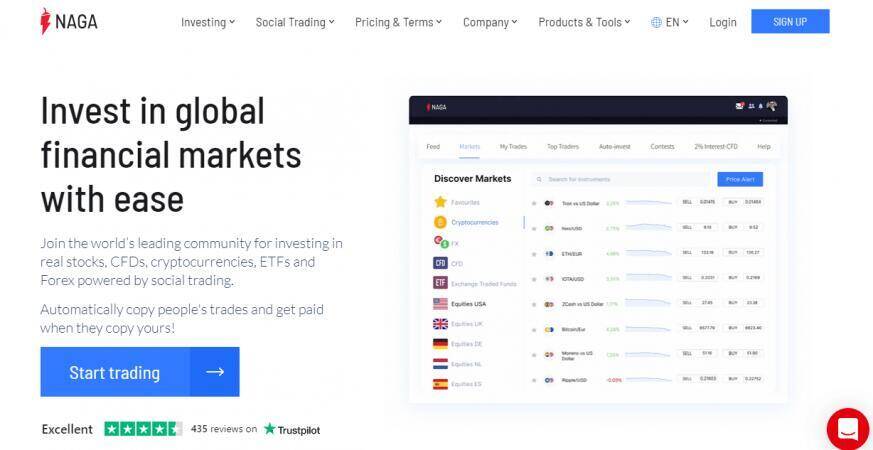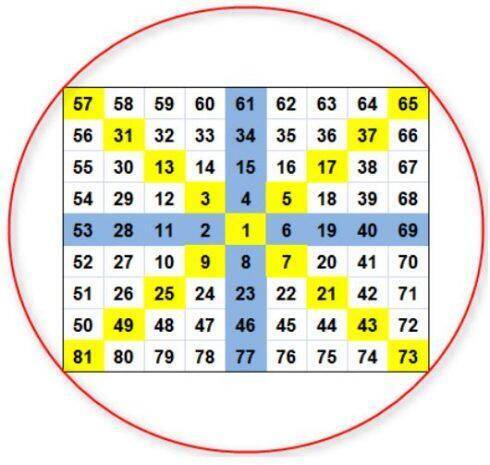Contents:


Application developers should be well trained in coding techniques that control these risks, and software purchasers should require that products not be susceptible to them. At the 2013 Security Professionals Conference, the University of Pennsylvania presented a valuable methodology for securing web applications in Proven Strategies for Web Application Security. That a specific SoI goes through, from its inception to its retirement. Life cycle models are generally implemented in development projects and are strongly aligned with management planning and decision making. Include both the functional in the technical specifications of the system — logical and physical descriptions of the system — related to output, input, processing, database, and security design.
SiteOwl’s Revolutionary LIVE Planning Feature Transforms Physical Security Infrastructure Planning and — EIN News
SiteOwl’s Revolutionary LIVE Planning Feature Transforms Physical Security Infrastructure Planning and.
Posted: Wed, 29 Mar 2023 08:53:41 GMT [source]
The central repository may contain data models, logic definitions, and functional models and may screen and report definitions. After it is developed, designers can query the repository for information about the system. If new processes are added — models, graphs, tables, and dictionaries can be reused or easily updated. Implementation – this is followed by testing and then implementation.
Data analytics life cycle
Additionally, this framework ensures that the system is developed within the given time constraints and budget. Thanks to SDLC, the new system is implemented flawlessly in the current and future IT-infrastructure of a given company. Technology has progressed over the years, and the systems have gotten more complex. Users have gotten used to technology that simply works, and various methods and tools ensure that companies are led through the lifecycle of system development.
Is probably the most simplest CBA technique — cost to operate the current system are compared with those to operate the proposed system. IM is the same as inventory management—the actual touching, using, moving, tracking, and managing activities of the assets. To be clear, it is the exercise of executive authority over business data. Once an organization identifies the confidentiality, integrity, and availability of information shared with a third party, it will be better positioned to implement the required safeguards for such information based on its classification. Contains a list of symbols often used in flowcharts, along with their definitions.
By adding new steps, developers could define clearer and more effective actions to reach certain goals. An effective SDLC ensures that the to-be-developed system is high quality and meets the client’s expectations. Complete business process reengineering of the functions to be supported, e.g., verify what information drives the business process, what information is generated, who generates it, where does the information go, and who processes it. Business technologies are meant to make your life easier and provide a competitive advantage for your business. Having the right technologies in place saves time and resources for your employees — arguably the most valuable asset your organization has.
Phases of the Information Life Cycle
Phase 9 of the systems development life cycle is when plans are initiated to discard system information, hardware, and software in a transition to a new system. It is important to dispose of system information discreetly and securely, as much of the information can be of a personal nature. Ideally, System Analysts are highly skilled and knowledgeable in multiple operating systems, hardware configurations, programming languages, and software and hardware platforms.
- SAD is mostly used to find a balance between requirements at a higher level.
- Your equipment should provide your personnel with additional time and resources to focus on non-automatable jobs while the technology takes care of the computation and organizing.
- Finally, prepare a design document which will be used during next phases.
- This may involve training users, deploying hardware, and loading information from the prior system.
- A deliverable is a tangible work product such as a computer code, documents, system specifications, a database design.good project management relies on breaking down the project into smaller and smaller activities.
The symbols here are enough to get you started with almost any information life cycle. User Acceptance Testing – also known as beta-testing, tests software in the real world by the intended audience. Black-Box Testing – examines the functionality of an application without peering into its internal structures or workings.
What is IT system life-cycle management?
Usually, organizations prefer to trust system analysts to make that decision and select the best-suited methodology or combination or models. Famous for its iterative approach to software development that offers rapid-fire progress, Agile is a framework that fosters highly collaborative environments between all the teams involved in a project. Each loop within the spiral is called a phase and they can be defined based on the needs of the project managers in terms of risks. Another interesting aspect of the spiral model is its radius which represents the costs of the project while the angular dimension sheds light on the progress being made on the project in each current phase. Adaptive and fast by nature, the RAD model puts less emphasis on planning and more on adaptive tasks. Progressing down the SDLC, the next phase that typically follows analysis is the design phase.

Failures, downtime, data loss, and other issues caused by outdated technology may be expensive to your budget and reputation. The detailed specifications produced during the design phase are translated into hardware, communications, and executable software. Software shall be unit tested, integrated, and retested in a systematic manner. Each ITS organizational unit will develop procedures for the destruction and sanitization of end of life information systems.
Iterative Model
Still, there’s a point where you can begin to lose money by continually investing in outdated computers and units. To understand the SDLC-concept, the term system needs to be defined. A system is, at the very least, a component, and possibly a combination of various components of information technology. This Guideline applies to all major application projects, both new applications and upgrades of existing applications.
Establishing appropriate levels of management authority to provide timely direction, coordination, control, review, and approval of the system development project. For each of the tasks follow and document the five stages of the systems life cycle. In systems design, functions and operations are described in detail, including screen layouts, business rules, process diagrams, and other documentation.

Information systems security begins with incorporating security into the requirements process for any new application or system enhancement whether that application is purchased from a vendor or internally developed. Designing security requirements in systems is most effective at the early stages of system development. Similarly, security requirements are presented to the vendor during the requirements phase of a product or cloud service purchase. Formal testing should be done to determine whether the product meets the required security specifications prior to purchasing the product or moving the application to production.
Requirements Analysis Phase
EIS is a subset of a class of information systems lifecycle solutions that also are referred to in the industry as Business Intelligence software. EIS provide solutions to support strategic activities such as goal setting, planning and forecasting and tracking performance. The style used depends largely on the procedures established in the preference of individual information system departments. There is usually a unique notation for data structures, data processes, data flows, data stores, and data elements. The description gives a more complete explanation of the data flow.
Systems Analysis & Design is a process during which specific information systems are developed that effectively support hardware, software, or people. Some methodologies offer specific outlines to go through this process to prevent costly mistakes or to speed up development. However, all methods are aimed at moving systems through the various relevant phases. Integration, system, security, and user acceptance testing is conducted during this phase as well.
Phase 7 of the systems development life cycle assesses and ensures that the system does not become obsolete. Phase 3 of the systems development life cycle describes the desired features and operations of the system. The objective of the systems design phase is to transform all requirements into detailed specifications covering all aspects of the system. Finally, approval to progress to the development phase must be granted to complete the systems design phase.
Ideally, protocols can be established for situations that might recur or for situations resulting from similar conditions. You may update the https://traderoom.info/ as often as you like, but your hardware will ultimately stop supporting future updates, or the makers will purposefully phase them out. Maintain updates and recognize when it’s time to get rid of obsolete gear to guarantee you haven’t left a hole for attackers or threats.